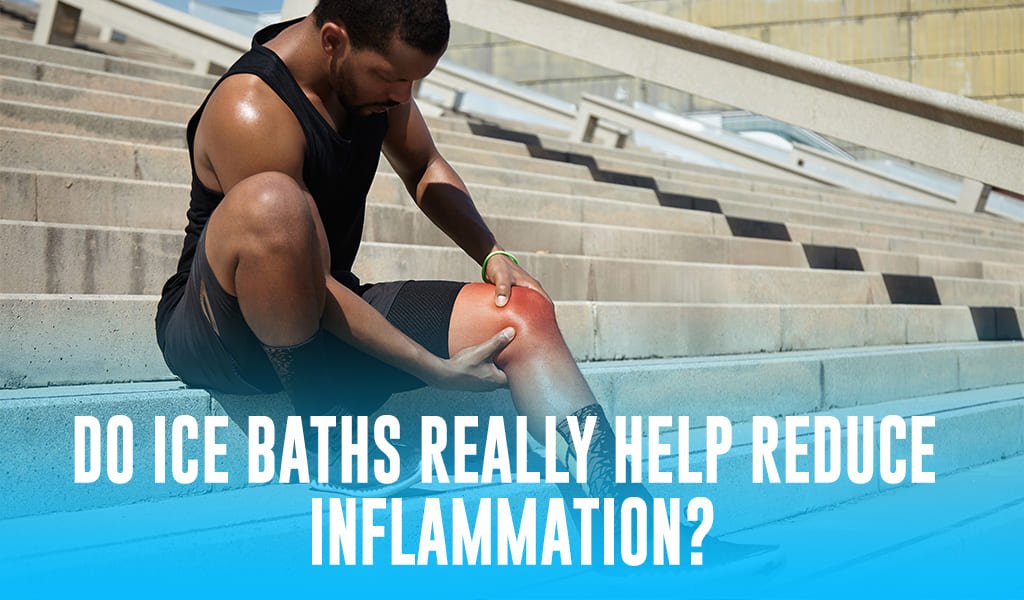Inflammation is the body’s natural response to injury or infection. It is a complex process that involves the immune system, blood vessels, and other tissues. Inflammation can cause pain, swelling, redness, and heat.
Ice baths have been used for centuries to reduce inflammation and pain. The cold temperature of the water constricts blood vessels, which reduces blood flow to the affected area. This can help to reduce inflammation and swelling.

The Science Behind Ice Baths and Inflammation
There is some scientific evidence to support the use of ice baths for reducing inflammation.
A study published in the journal “Sports Medicine” in 2010 found that ice baths were effective in reducing inflammation and pain after exercise. The study participants who took ice baths had significantly less pain and swelling than those who did not take ice baths.
Another study, published in the journal “Rheumatology” in 2012, found that ice baths were effective in reducing inflammation and pain in people with rheumatoid arthritis. The study participants who took ice baths had significantly less pain and swelling in their joints than those who did not take ice baths.
If you are considering using ice baths to reduce inflammation, it is important to talk to your doctor first. Ice baths can be dangerous for people with certain health conditions, such as heart disease, diabetes, and Raynaud’s phenomenon.
Here are some tips for taking an ice bath safely:
- Start with a short period of time in the cold water, such as 5 minutes. Gradually increase the time as you become more accustomed to it.
- Do not stay in the cold water for more than 20 minutes at a time.
- Get out of the cold water if you start to feel pain or discomfort.
- Warm up your body after you get out of the cold water. This can be done by taking a warm shower or bath, or by using a heating pad.
If you have any concerns about using ice baths, talk to your doctor.
Other Benefits of Ice Baths
In addition to reducing inflammation, ice baths may also have other benefits, such as:
- Reducing muscle soreness. Ice baths can help to reduce muscle soreness after exercise. This is because the cold temperature helps to reduce inflammation and swelling in the muscles.
- Improving athletic performance. Ice baths may help to improve athletic performance by reducing muscle soreness and inflammation. This can allow athletes to train harder and recover more quickly.
- Reducing stress. Ice baths may help to reduce stress by stimulating the production of endorphins, which are hormones that have mood-boosting effects.
- Boosting the immune system. Ice baths may help to boost the immune system by increasing the production of white blood cells, which fight infection.
How to Take an Ice Bath
- To take an ice bath, you will need a bathtub or large container that is filled with cold water.
- The water temperature should be between 50 and 60 degrees Fahrenheit.
- You can add ice cubes to the water to make it colder. However, be careful not to add too much ice, as this can make the water too cold and uncomfortable.
- Start by sitting in the cold water for 5 minutes. If you can tolerate it, you can gradually increase the time to 10 or 15 minutes.
- Get out of the cold water when you start to feel pain or discomfort. Warm up your body by taking a warm shower or bath, or by using a heating pad.
- It is important to note that ice baths can be dangerous for some people. If you have any health concerns, talk to your doctor before taking an ice bath.
